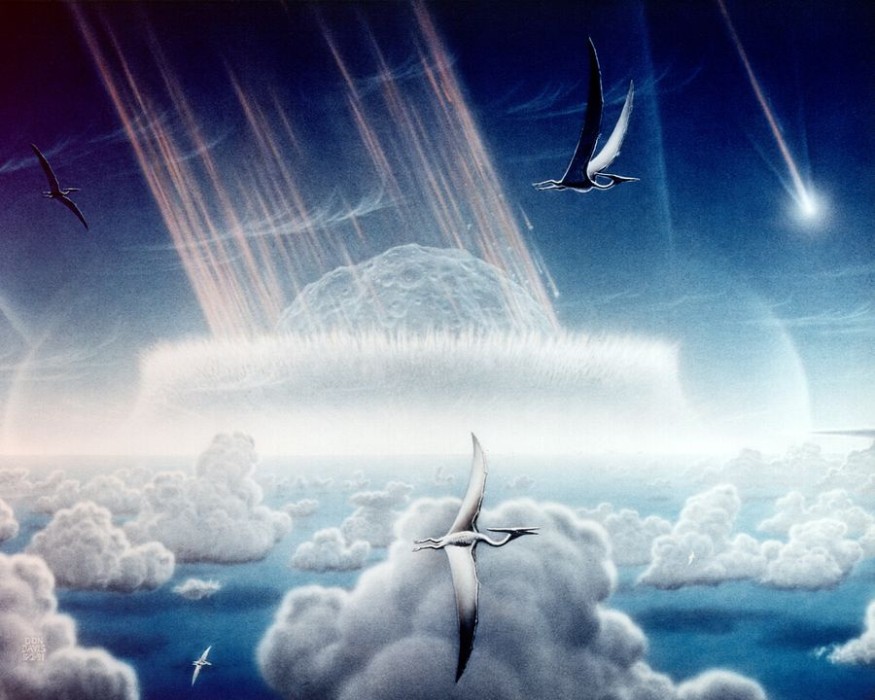A new study suggests the possible time of the year in the northern hemisphere when the asteroid hit Earth. The dino-killing space rock that appeared during the prehistoric era may have visited our planet during spring or early summer. According to a report by Space, the research was supported by pieces of evidence that were previously found in a spot in North Dakota known as Tanis. The basis of the new research first came up in 2019 when the site was discovered with fossils of numerous species that were annihilated just hours after the mess extinction occurred.
Clues of Chicxulub Season in North Dakota Fossil Site

The first study in which the latest research was anchored revealed that the creatures buried in the Tanis 66 million years ago were not part of any dinosaurs lineage and did contain many fish species. Although the Yucatan impact is generally known to have wiped out the gigantic beasts, the non-dinosaur animals could not escape the fate.
The same fossils unearthed in the previous study also presented valuable data as to when the massive Chicxulub space rock slapped the face of the planet. The new research was able to analyze this information. After a series of examinations, it was found that the dino-killing space rock appeared sometime when the northern hemisphere's season was in between the spring and early summer. University of Manchester's Department of Earth and Environmental Science expert and author of the new study Robert DePalma said in the university's report that the analysis of the clues was challenging, but the results are worth the efforts.
Debates on Space Rock's Mass Extinction, Inducing Factors, and Effect on Biodiversity
The Chicxulub asteroid that hit the planet millions of years ago had been a topic for debate in studies over the course of geological studies. The famous subject regarding space rock is that other factors induced the mass extinction, including the massive explosion of prehistoric volcanoes and towering waves of tsunamis.
The initial study of the fossils in North Dakota was published in the journal PNAS, titled "A seismically induced onshore surge deposit at the KPg boundary, North Dakota." The results from the 2019 research were not able to dodge the corresponding challenges of other experts, too. The skepticism is rooted in the data presented by the examination and DePalma's scientific practices in his collective studies.
However, suppose the paleontological clues from Tanis were indeed justified by supporting facts. In that case, the new research will indeed be the first outlet that will provide comprehensive findings on how the Chicxulub space rock affected the planet's biodiversity. Alongside the fossils of bountiful fish groups scattered on the specified spot, many distinct species were discovered. Samples from all available remains were extracted and examined by the authors of the new research to determine the potential date of the impact.
The study took advantage of the fish fossils, which exhibit the same time marks as the trees. Based on the characteristics displayed by the fossils, the synchrotron technology aligned the time of death of animals sometime during spring or early summer. The results were published in the journal Scientific Reports, titled "Seasonal calibration of the end-cretaceous Chicxulub impact event."
RELATED ARTICLE : Armored Dinosaur with Heavy Tail That Looks Like Stegosaurus and Ankylosaurus Unearthed in Chile
Check out more news and information on Paleontology in Science Times.
© 2025 ScienceTimes.com All rights reserved. Do not reproduce without permission. The window to the world of Science Times.











